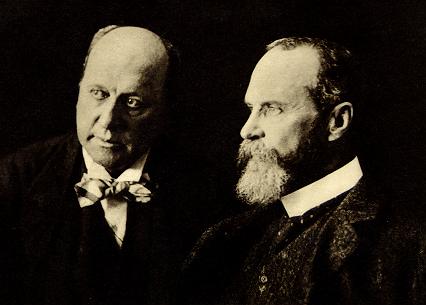"Commercial Mortgage Bonds Rally on Fed’s Legacy Assets Plan
By Sarah Mulholland
May 21 (Bloomberg) -- Yields on bonds backed by commercial mortgages plummeted relative to benchmark interest rates to the lowest in more than six months amid growing confidence in a U.S. plan to purge bank balance sheets of existing debt tied to hotels, shopping centers and office buildings.
The gap, or spread, on top-rated bonds backed by commercial mortgages narrowed 82 basis points yesterday, or 12.3 percent, to about 5.83 percentage points more than benchmark interest rates, according to data from Bank of America Corp. That’s the lowest since Nov. 5. The debt reached a record high 15.29 percentage points over benchmarks on Nov. 20.
The Federal Reserve released terms May 19 for so-called legacy assets backed by commercial real estate to be included in its Term Asset-Backed Securities Loan Facility, as part of a government plan to revive credit and end the recession. The first deadline for investors to submit applications for loans to buy bonds issued before Jan. 1 is in late July.
“Having clarity on the timing helps,” said Aaron Bryson, a commercial mortgage-backed securities analyst at Barclays PLC in New York. “There was some fear that the legacy program wouldn’t get off the ground, and having the details takes that off the table.”
Spreads on AAA commercial-real estate securities have fallen by about 4.9 percentage points since the Fed first said it would fund the purchase of older securities, Bank of America data show. Spreads may tighten further, said Chuck Mather, managing director at Sorin Capital Management LLC, a Stamford, Connecticut-based hedge fund specializing in commercial real estate.
‘Positive Surprises’
“There were some positive surprises,” in the Fed’s announcement, Mather said. “The haircuts were more favorable to investors than had been anticipated.”
The so-called haircut, or how much cash an investor will have to put up to buy the bonds, will be calculated as a percentage of par, not market price. Buyers will have to pay more equity to purchase debt that’s trading at lower prices, reflecting the view that bonds trading at a large discount are riskier.
Spreads on AAA bonds backed by credit-card and auto loan payments have narrowed by as much as 4.4 percentage points since the Fed unveiled TALF in November, JPMorgan Chase & Co. data show. Top rated credit-card asset-backed debt is trading at about 1.4 percentage point more than benchmark rates. Similar auto-loan securities are trading at about 1.2 percentage point more than the benchmark. Investors had sought $15.9 billion in loans to purchase asset-backed debt including auto-loan and credit-card bonds as of May 13.
Lower Risk Premiums
The Fed is counting on the legacy TALF program to bring down risk premiums on commercial mortgages and help spur new loan originations, though it won’t enable lending on its own, said Spencer Haber, chief executive officer of H/2 Capital Partners, a commercial-real estate fixed-income manager with $2.4 billion in assets under management.
“Bringing down AAA spreads is a necessary, but not sufficient condition to restarting the origination markets,” Haber said in a telephone interview from his office in Stamford, Connecticut.
It takes longer to create a pool of commercial mortgages to securitize than it does to achieve a critical mass of auto-loan or credit-card debt, Haber said, and banks have to be willing and able to take on the risk of holding the loans on their books. Additionally, there have to be buyers for the lower-rated bonds
Sales of commercial-mortgage bonds plummeted last year as the cost to sell the bonds became too high for investment banks to write new loans to bundle into bonds, choking off funding to borrowers. A record $237 billion in debt backed by commercial real estate was sold in 2007, compared with $12.2 billion last year, according to JPMorgan. There have been no sales of the debt so far in 2009, Bloomberg data show.
The first deadline for investors to request loans for newly issued commercial mortgage-backed securities is June 2.
To contact the reporter on this story: Sarah Mulholland in New York at smulholland3@bloomberg.net"







































No comments:
Post a Comment